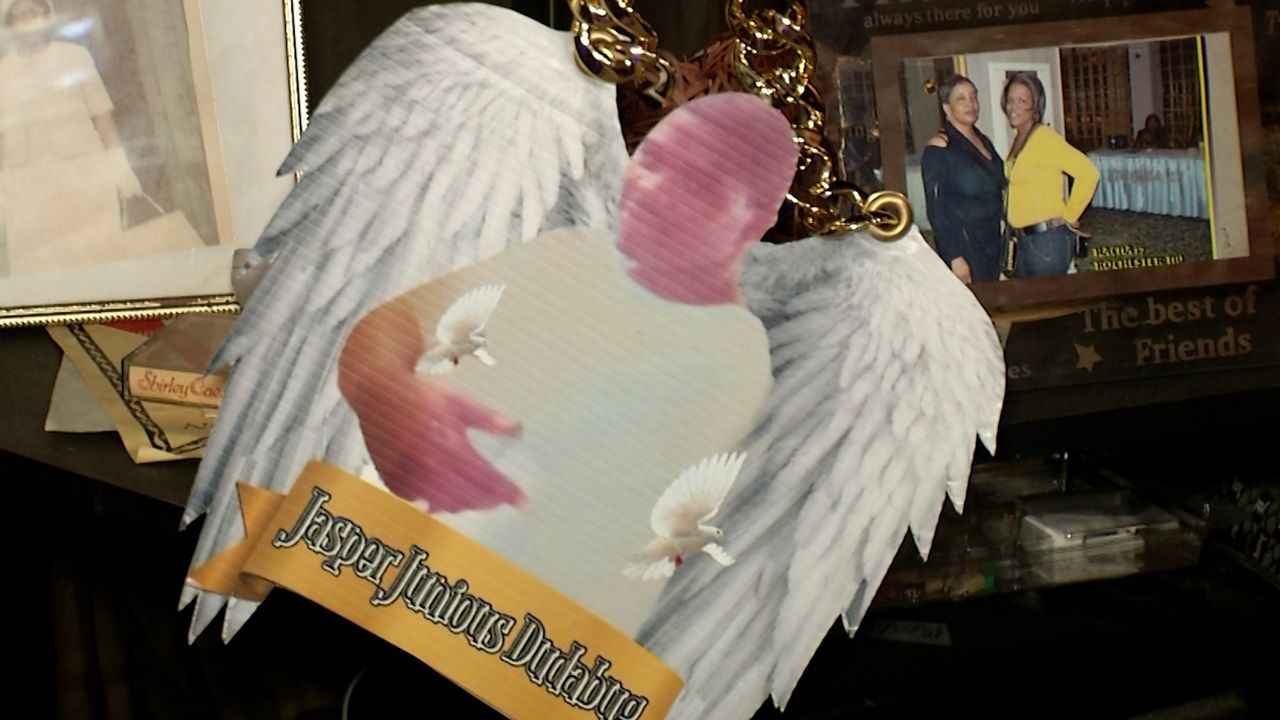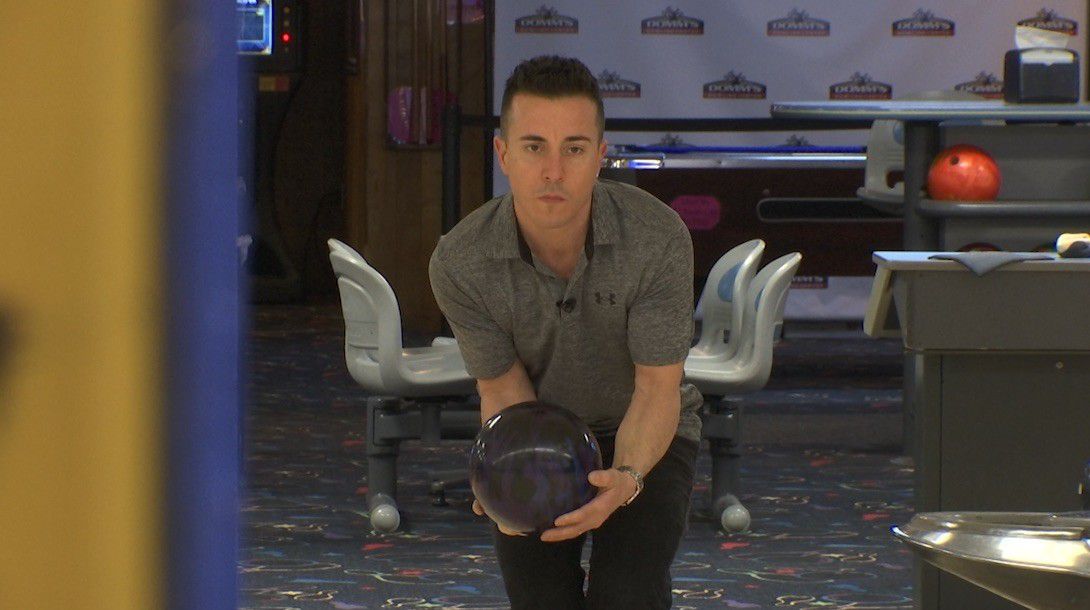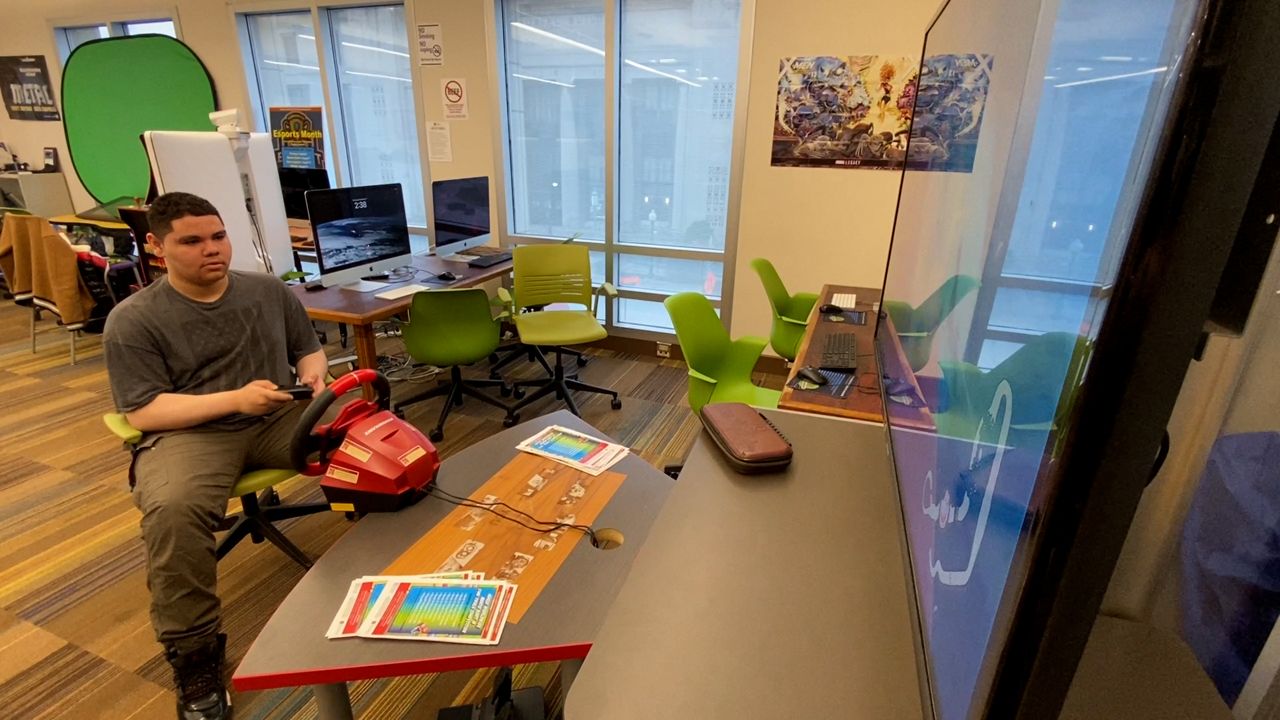ROCHESTER, N.Y. — Bruce Ha has always had a passion for storage technology.
"We left Vietnam in 1975 when I was 9, and on that last day, April 31, my parents took whatever they could. We only had one day to prepare," Ha, founder of Stamper Technology Inc., said. "The most important things that my mother took were the photos, the photo albums, irreplaceable."
From family photos to birth certificates, Ha has seen the photos slowly deteriorate after leaving Vietnam on a boat and being dropped in the ocean.
"That's a personal problem for me," Ha said. "But it's a bigger problem than a personal problem because nationally, internationally, archival has always had this problem. They always had to migrate, so I wanted to solve this problem."
Inspired to find a way to preserve his family treasures forever, Ha has created his own company for himself and others’ legacies to last a lifetime.
"I went to Kodak to solve the picture CD problem and when I came out on my own, I have this knowledge accumulation of value that is a lifetime worth of storage," Ha said. "I wanted to solve that for myself when I came out and started my own company, Stamper Technology."
Ha works every day with executives of archival foundations to archive knowledge of earth permanently for future generations, creating Nanofiche Technology.
"Some of the most important works have been preserved in nickel, in gold," Ha said. "And those elements are indestructible, virtually indestructible because of very high heat tolerance."
It has all led to an out-of-this-world opportunity to fall in the hands of Ha.
"We've been trying for the last five years to get something on the moon," Ha said. "And finally, we just had success landing on the moon."
The United States has pulled off its first lunar landing in more than half a century with a spacecraft Odysseus with Ha’s technology mounted to the spacecraft, containing layers of content.
"When someone comes back and they find this lunar lander on the side and say, 'hey, let's push it up a little bit'," Ha said. "They will find a treasure trove of information."
Engraving the contents of 6 million articles from Wikipedia, 7,000 human languages, historical publications, and most importantly the story of the inventor behind it all.
"My legacy, my family's legacy will survive," Ha said. "And the next 100 years, when my great grandkids will look at this, they'll have something to talk about and understand that their ancestors had done something to preserve history and their history."
Ha created the Nanofiche as just one small step for man, and one giant leap for mankind.
"Imagine the entire world, every country has huge histories that they need to archive," Ha said. "Everything I've done, you know, my entire career has always been a building step to technologically create something that is meaningful and hopefully very helpful to the future. This is my gift to the future."









